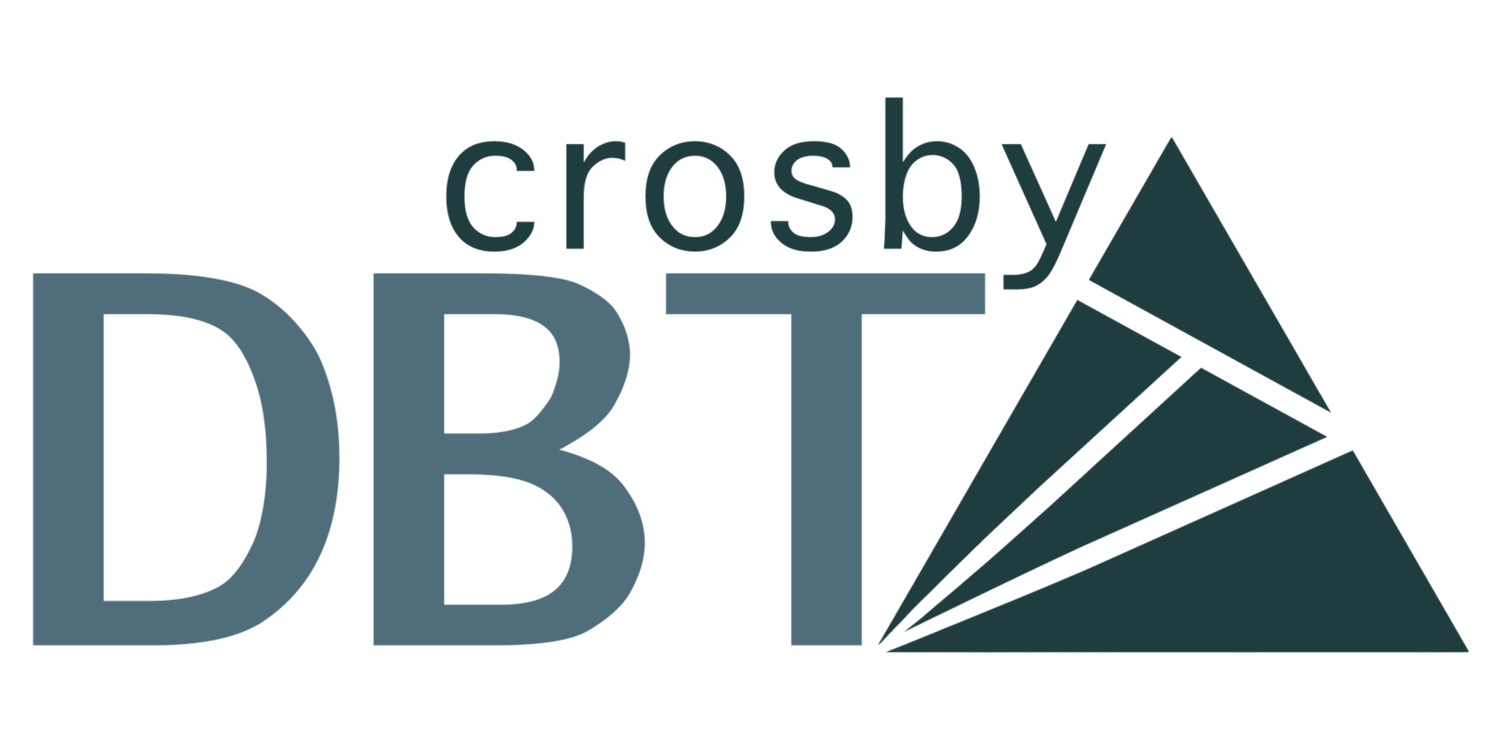GIVE Back to the People Around You
We all want meaningful relationships—but how often do we pause to reflect on how we show up for others in conversations?
Whether you’re having a heart-to-heart with a friend, resolving conflict with a partner, or navigating everyday interactions, the way you communicate can make or break the connection.
That’s where DBT’s GIVE skill comes in.
Part of the Interpersonal Effectiveness module in Dialectical Behavior Therapy (DBT), GIVE is about maintaining healthy relationships through empathy, mindfulness, and emotional presence.
What Is the GIVE Skill?
GIVE helps you keep relationships positive and respectful—especially during difficult or emotionally charged interactions. It’s especially helpful when:
You want to strengthen trust
You’re working to de-escalate tension
You want to be supportive without sacrificing your own well-being
The GIVE Breakdown:
Each letter stands for a key relationship skill:
G – (Be) Gentle
Avoid attacks, threats, judgment, or manipulation.
Speak in a kind, non-blaming way—even when you're upset.
🗣️ “I care about you, and I want to talk this through without hurting each other.”
🛑 Avoid: sarcasm, raised voice, passive-aggressive tone
I – (Act) Interested
Show genuine interest in the other person’s thoughts and feelings.
Listen actively, ask open questions, and avoid interrupting.
👂 Put the phone down, make eye contact, and be curious.
🗣️ “That sounds really tough—can you tell me more?”
V – Validate
Acknowledge the other person’s emotions, even if you don’t fully agree with their perspective.
Validation doesn’t mean approval—it means recognizing that their feelings make sense given their experience.
🗣️ “I understand that you’re feeling hurt. That makes sense to me given what happened.”
🧠 Tip: Validation calms the nervous system and helps people feel seen.
E – (Use an) Easy Manner
Keep the tone light when appropriate.
Use humor, warmth, or a relaxed attitude to reduce tension and build connection.
“We’re both tired—let’s figure this out together over snacks.”
Being too intense can make the other person shut down. An easy manner keeps things human.
When to Use GIVE
During a serious talk with a partner or family member
While resolving a disagreement with a friend
In therapy or support group settings
When you want to repair after conflict
A Real-Life Example:
Scenario: You and a friend have been distant lately, and you want to reconnect.
G (Gentle): “I’m not here to blame you—I just want to talk.”
I (Interested): “How have you been feeling about our friendship lately?”
V (Validate): “I get that you’ve been overwhelmed and needed space.”
E (Easy manner): “I miss you—want to grab coffee soon and reset?”
GIVE + Boundaries
Using GIVE doesn’t mean being a doormat. You can be gentle, interested, and validating while still holding boundaries.
“I understand why you’re upset. I’m here to talk—but I need us to speak respectfully.”
This is especially powerful when paired with other DBT skills like DEAR MAN or FAST, which focus on self-respect and assertiveness.
Final Thoughts
Healthy relationships don’t just happen—they’re built through small moments of attention, empathy, and respect. The GIVE skill offers a practical framework for doing just that.
By staying gentle, showing interest, validating feelings, and using an easy manner, you can turn even tense conversations into opportunities for deeper connection.
Want to practice the GIVE skill in your own life?
Try picking one letter to focus on this week in a real-life conversation. You may be surprised how much of a difference it makes.
And stay tuned—our next post in the DBT series will explore the FAST skill for maintaining self-respect in relationships.
